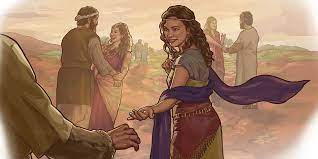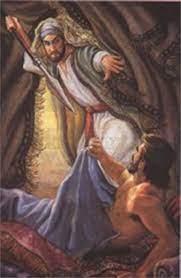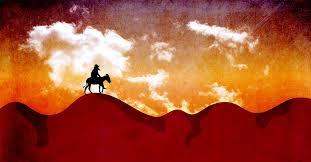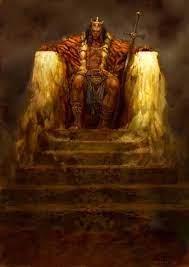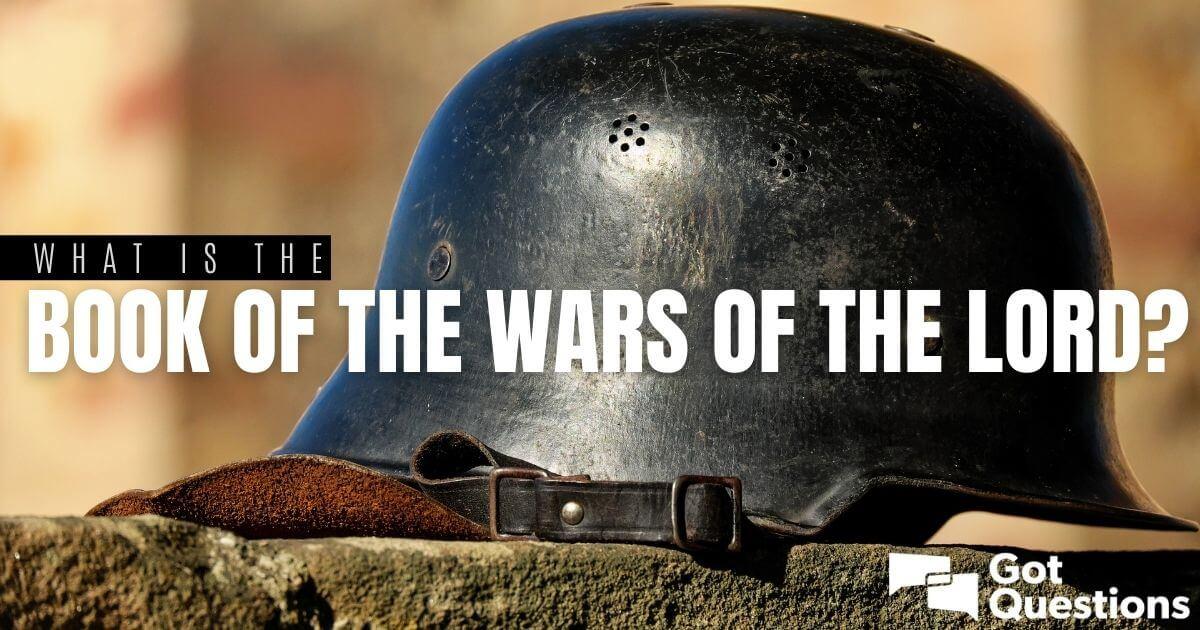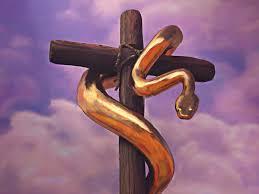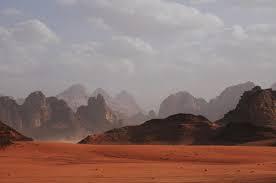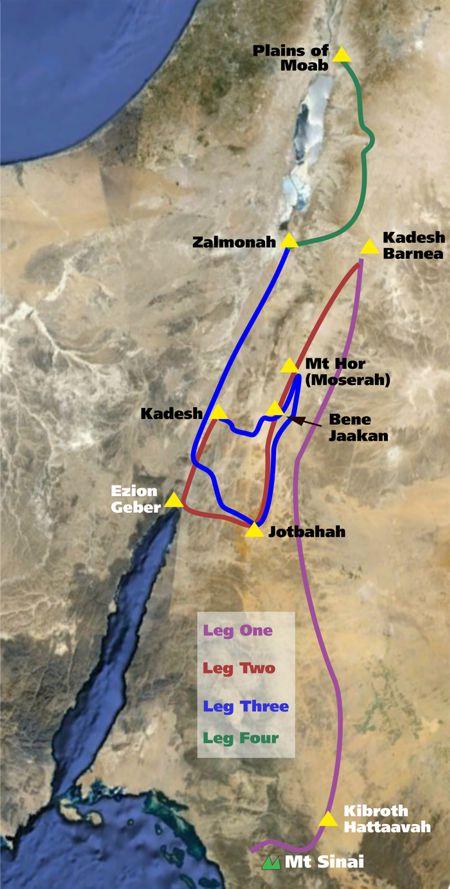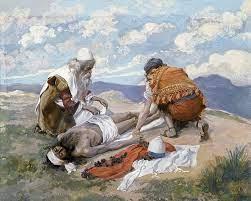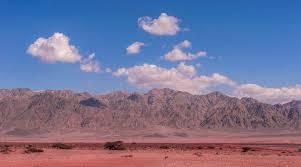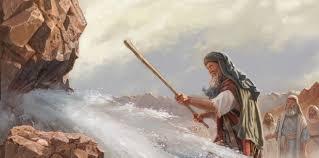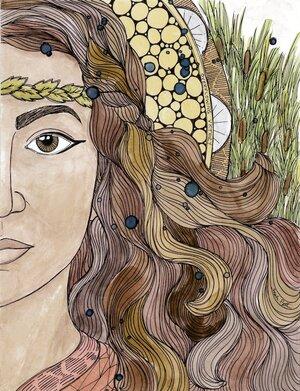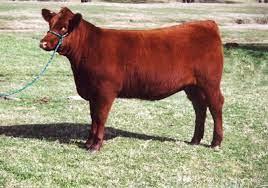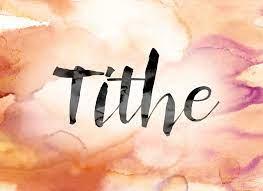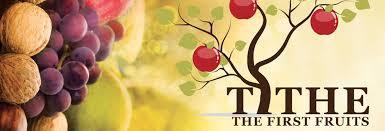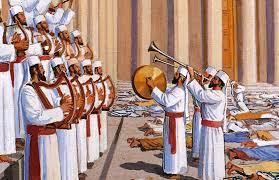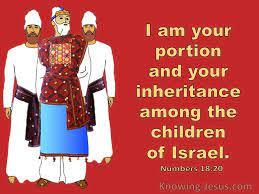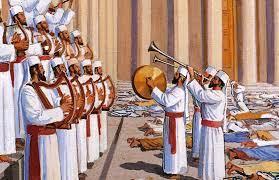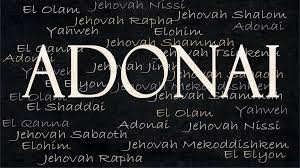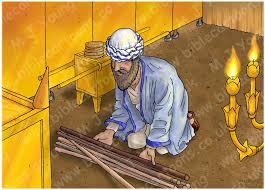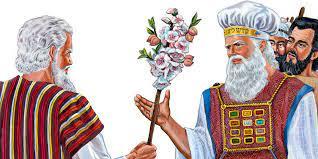Dn – Balaam’s Three Encounters with God 22: 2-40
Balaam’s Three Encounters with God
22: 2-40
Numbers 22:2-7 sets the stage, King Balak of Mo’ab was very much afraid of the Israelites because he saw all that Isra’el had done to the Amorites, and because there were so many of them (22:2-3). Mo’ab tells the leaders of Midian that this horde of Israelites will lick up everything around us, the way an ox licks up grass in the field (22:4a). However, the Moabites and the Midianites would eventually learn that the devouring and mighty ox was not Isra’el itself, but the God of Abraham, Isaac, and Jacob who stood behind Isra’el. “God, who brought them out of Egypt, gives them the strength of a wild ox. They will devour the nations opposing them, breaking their bones, and piercing them with arrows” (24:8). The mention of Mo’ab and Midian together in 22:4 and again in 22:7 suggests that the two nations were equals, although Mo’ab had overwhelmed Midian in battle; thus, Mo’ab was the sovereign and Midian the vassal state. These facts prepare us for the involvement of both nations in the story (to see link click Ea – Taking a Stand for God).
The first encounter: Convinced of Mo’ab military weakness before Isra’el, King Balak resorted to unconventional warfare. He sends princes to Balaam, asking him to come and curse Isra’el, because they are stronger than I am (22:6a). As the story unfolds, the irony of Balak’s final words in his message will come back to haunt the king, “. . . for I know that whoever you bless is in fact blessed, and whoever you curse is in fact cursed” (22:6b). Princes from Mo’ab and Midian were sent with the payment for sorcery in hand to hire the sorcerer. They assumed that paying him for his services would guarantee that he would say only what they wanted him to say, namely, to put a curse on their supposed enemy Isra’el. Balaam asked the money-toting princes to spend the night and promised a response in the morning. That night, ADONAI came to Balaam, saying: You are not to go with them; you are not to curse those people, because they are blessed. The next day, Balaam reported to Balak’s princes, “ADONAI refuses to give me permission to go with you” (22:12-13). When the princes reported back to King Balak, they mention nothing of ADONAI’s refusal, only saying: Balaam refuses to come (see Dp – Balaam’s First Encounter with God).
The second encounter: Balak assumed everyone could be bought for a price. He must have thought that Balaam’s first refusal was merely a negotiating tactic. So, Balak sent another group of rulers, more numerous and more distinguished than the first group with payment in the form of a blank check: Whatever you say to me I will do (2:17). But Balaam replies that even Balak’s own palace filled with silver and gold would dissuade him from speaking only what ADONAI commands. Balaam again tells the rulers of Balak to stay the night while he consults with the LORD. In this second encounter with YHVH and Balaam, God tells him to go with the rulers, but warns him, “Do only what I tell you” (22:20). At this point, the reader begins to wonder why Ha’Shem has relented and allowed Balaam to go after first saying no (see Dq – Balaam’s Second Encounter with God). The mystery grows even deeper as we move to the third encounter between Balaam and God, who appears as the Second Person of the Trinity, the Angel of ADONAI.
 The third encounter: Numbers 22a introduces a jarring note immediately after we hear that God commanded Balaam to go to Balak, “But God was very angry because he went, and the Angel of ADONAI stationed Himself on the path to block his way.” The LORD had already given Balaam permission to go (22:20), so His anger was not against his going, but against the sorcerers unspoken motive, that despite God’s command that he speak only the words given to him by YHVH, Balaam was still intent on putting a curse on Isra’el and thus earning his financial reward from Balak (see the commentary on Jude Aq – They Have Taken the Way of Cain, Rushed into Balaam’s Error). The plot of this encounter thickens as Balaam’s donkey begins to see things that the famous “seer” could not see (see Dr – Balaam and the Donkey). In case Balaam had any thoughts that he could make an end run around God, the Angel of ADONAI taught Balaam that he must lay down his own initiative in cursing Isra’el and allow YHVH to use him as He saw fit. Balaam confessed his sin and offered to return home. But the Angel of ADONAI said to Balaam, “No, go on with the men; but you are to say only what I tell you to say” (22:35a). Balaam eventually reached Mo’ab where he found King Balak anxiously waiting at the border. Balaam repeats what he had surely learned even more emphatically along his journey: I have no power of my own to say anything. I must speak only what God puts in my mouth (22:38). Balak, even more determined to the contrary, sent sacrifices to Balaam in preparation for the sorcery that the king hoped would end in Isra’el being cursed (22:40).453
The third encounter: Numbers 22a introduces a jarring note immediately after we hear that God commanded Balaam to go to Balak, “But God was very angry because he went, and the Angel of ADONAI stationed Himself on the path to block his way.” The LORD had already given Balaam permission to go (22:20), so His anger was not against his going, but against the sorcerers unspoken motive, that despite God’s command that he speak only the words given to him by YHVH, Balaam was still intent on putting a curse on Isra’el and thus earning his financial reward from Balak (see the commentary on Jude Aq – They Have Taken the Way of Cain, Rushed into Balaam’s Error). The plot of this encounter thickens as Balaam’s donkey begins to see things that the famous “seer” could not see (see Dr – Balaam and the Donkey). In case Balaam had any thoughts that he could make an end run around God, the Angel of ADONAI taught Balaam that he must lay down his own initiative in cursing Isra’el and allow YHVH to use him as He saw fit. Balaam confessed his sin and offered to return home. But the Angel of ADONAI said to Balaam, “No, go on with the men; but you are to say only what I tell you to say” (22:35a). Balaam eventually reached Mo’ab where he found King Balak anxiously waiting at the border. Balaam repeats what he had surely learned even more emphatically along his journey: I have no power of my own to say anything. I must speak only what God puts in my mouth (22:38). Balak, even more determined to the contrary, sent sacrifices to Balaam in preparation for the sorcery that the king hoped would end in Isra’el being cursed (22:40).453



